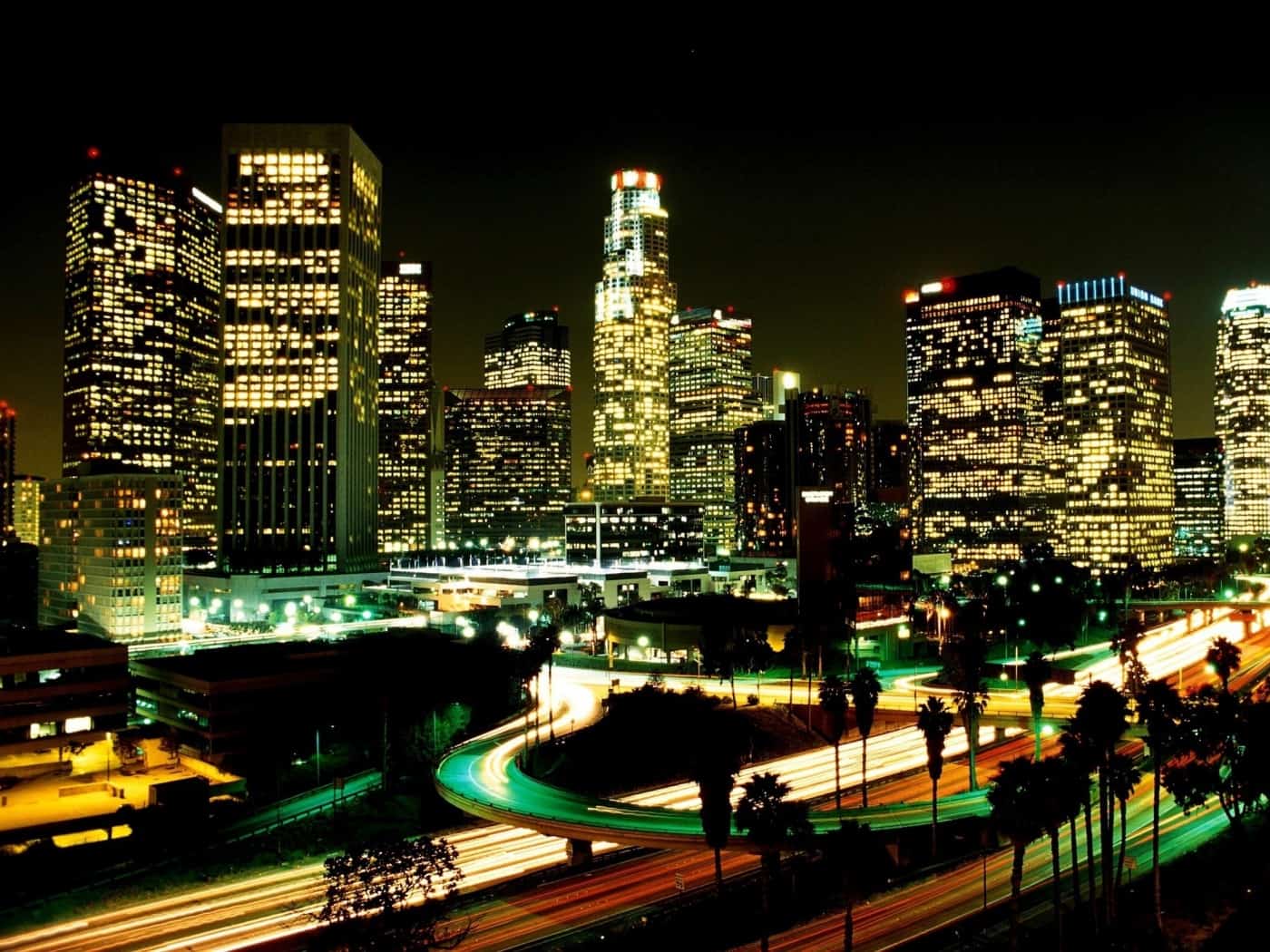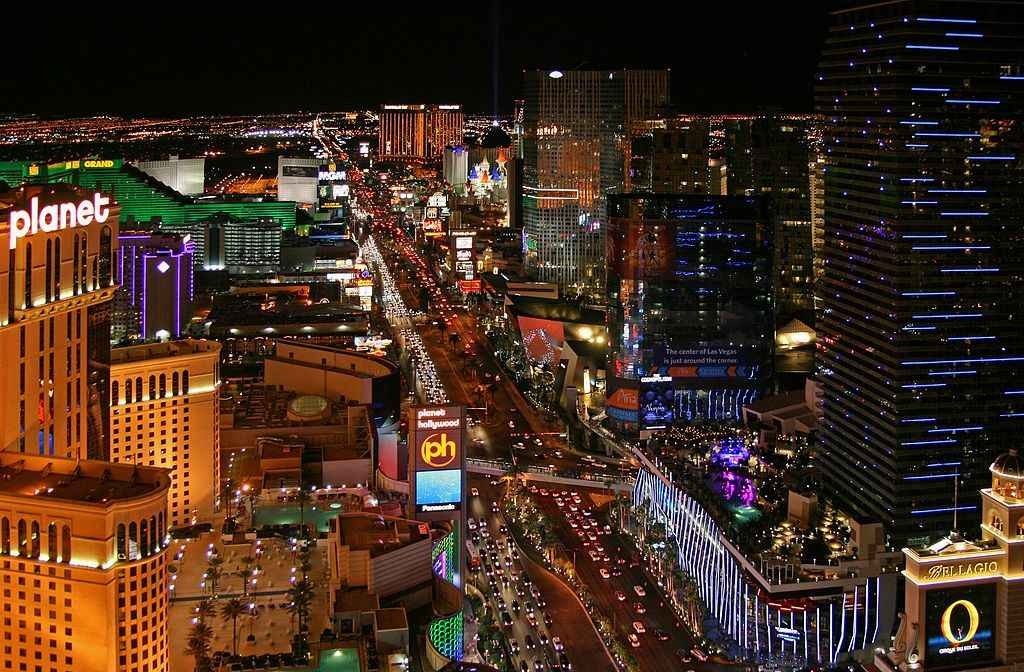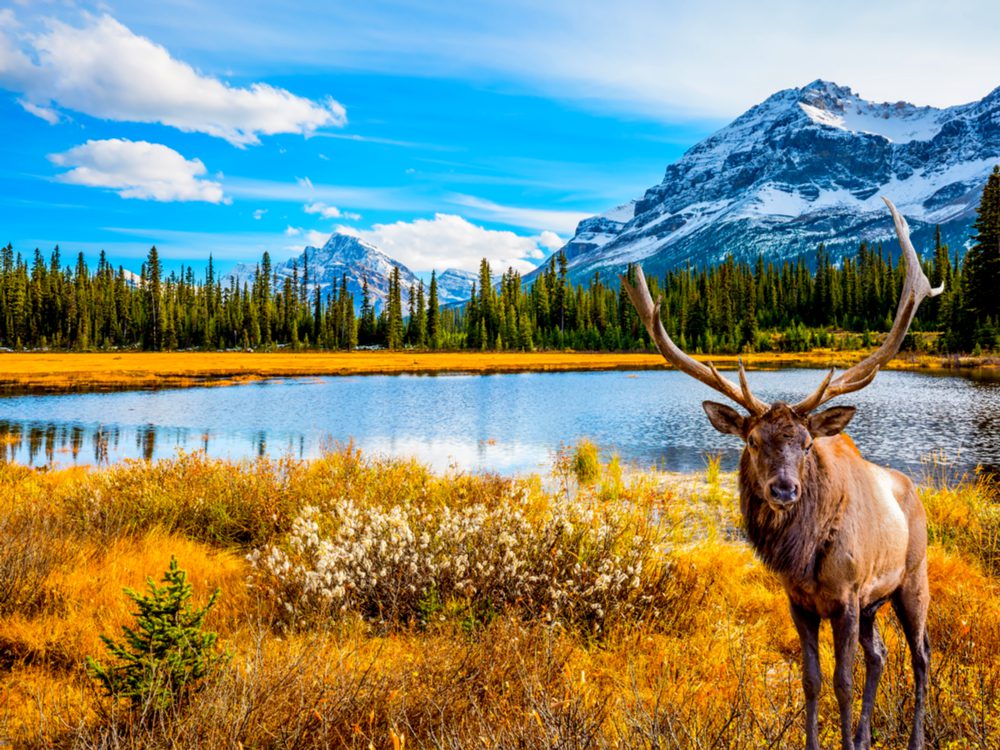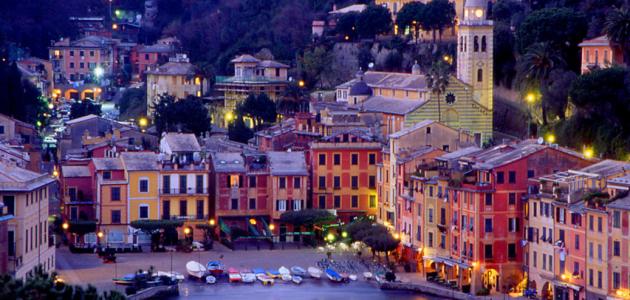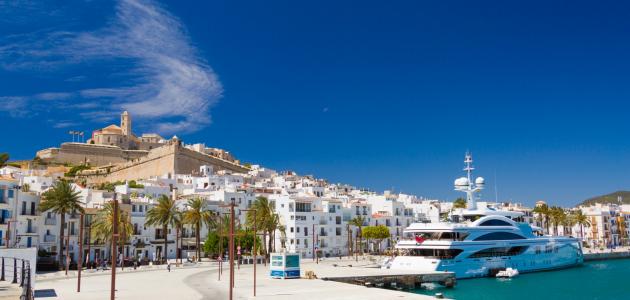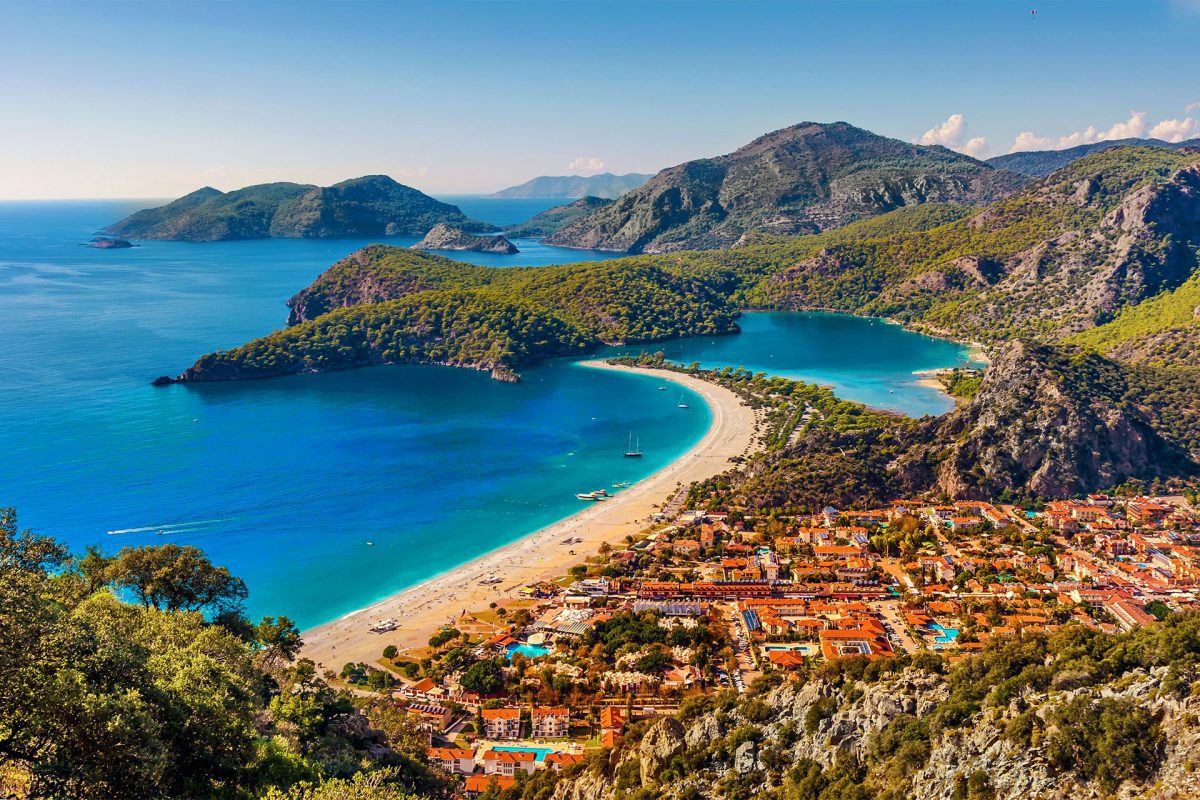Table of Contents
The state of India
India (English: India), is an Asian republic that is the second largest country in the continent of Asia after China, and forms a large part of the geographical area in southern Asia, and is shared in its borders by Kashmir, China, Bhutan, Nepal, Myanmar, the Bay of Bengal, and Bangladesh It is also bordered on the northwest by Pakistan, and New Delhi is the official capital of India.
Landmarks and famous things in the state of India
The state of India is famous for a number of historical, archaeological and natural monuments, the most important of which are:
- Taj MahalIt is one of the most famous civilizational landmarks in India, and is considered a shrine built in the seventeenth century AD by the Indian Emperor Shah Jahan to be the grave of his wife, and the Taj Mahal is an architectural masterpiece of white marble, located in the Indian city of Agra.
- Fatehpur Sikri MosqueIt is one of the most famous mosques in India, and its foundation dates back to the sixteenth century AD and is found in the city of Agra, as it is classified as one of the largest mosques in India.
- Sun Temple: It is one of the oldest Hindu temples in India, and its foundation dates back to the thirteenth century AD, and represents the place dedicated to the worship of the sun god according to Indian beliefs, and this temple and other temples contain many inscriptions, and decorations that indicate religious teachings.
- Buddhist temples: These are the temples that date back to the spread of Buddhism in Indian lands, and are considered one of the oldest religious monuments of this religion in India, and are located in the state of Madhya Pradesh, and the construction of Buddhist temples began around the fifth or sixth century AD.
- Indian general traditions and cultureThey are the traditional and popular aspects that characterize the Indian people and those who are famous for, and the most important of them are:
- Traveling on public trains: It is an ancient Indian tradition, and trains are a means of transportation that exceeds 160 years old, and connects all the Indian regions by relying on railways, which daily transport about 20 million passengers.
- Festivals: It is one of the popular customs and cultural traditions that distinguish the Indian community, due to the clear diversity among the Indians, which led to the emergence of many festivals and popular and religious festivals.
History in India
In the eighth century AD, India was inhabited by many inhabitants, whether from indigenous tribes or immigrants from Arabs, Turks, and Persians, and Islam contributed to building the social identity in India; until until the thirteenth century AD, India was subject to Islamic rule, but in the year 1498 AD The Portuguese explorer Vasco da Gama arrived, encouraged the expulsion of Muslims from India, and established a colony on Indian lands, which led to the negative destruction and influence of Indian society.
After Britain realized that India contains many important natural resources, it officially declared its occuAl Bahahn of Indian lands, and was keen to enhance its colonization of India in 1858 AD by controlling both politics and economics in India, and the British occuAl Bahahn continued until 1947 AD, but led to an occurrence Division in Indian lands on religious grounds, and it became separated into two parts, namely India with a Hindu majority, and Pakistan with a Muslim majority with the independence of the eastern part of it, which became known as Bangladesh.
At the present time India is one of the most diverse countries in the world in terms of religious denominations, ethnic origins, popular tribes, major and minor language groups, and Muslims, Sikhs, Buddhists, and Christians constitute a large proportion of the social and cultural diversity that is evident in Indian society, as you witness India is currently an economic boom through the development of a set of strategic plans, which develops many areas of domestic production.
Geographical topography in India
The total geographical area of the State of India reaches 3,287,590 km², and its geographical topography is divided into three main regions, namely:
- Himalaya MountainsIt is one of the most famous mountain ranges in the world, which extends up to 2,410 km from north to northeast in India, and Mount Kansinga is one of the highest mountain peaks in India, which reaches a height of 8,598 m and spread in this region in general many aspects of natural and wild life .
- The northern plainsIt is the geographical region between the South Indian Peninsula and the Himalayas. This region includes a group of natural plains, valleys, and rivers, the most famous of which are the Indus and the Ganges. The northern plains are characterized by fertile soil, which contributes to the provision of many agricultural products.
- Southern Plateau (Deccan Plateau): It is one of the vast hills that spread over most of the land of the southern peninsula, and meets with the western mountains that link with the narrow coastal areas, and there are many agricultural lands on this plateau, and the forests where a group of wild animals live.
Climate in India
The prevailing climate in India is diverse, and it is divided into three seasons:
- Separate temperatures drop: It is the season characterized by the cold climate, and it comes in the time period between the month of October to February, and the weather is moderate in most Indian regions with snow on the northern mountains, where temperatures drop to less than freezing.
- Separate warmingIt is the season that is characterized by a high temperature of the weather, and comes in the time period between the months of March to June, and the temperatures in this season rise to reach 49 degrees Celsius, while in the coastal regions the temperatures drop to range between 29- 32 ° C.
- Rainy season: It is the season characterized by monsoons with rain, which contributes to supporting local agricultural production in India, and this season extends in the time period between mid-June to September.
Population in India
The estimated number of the population of the state of India is 1,266,883,598 people, and the population of Indian origins constitutes 72%, while the Dravidian population makes up 25%, while the remaining 3% constitutes minorities, and many local languages are spoken in India, which is widely spoken among the population; Among the most famous are: the Indian language by 41%, the Bengali language by 8.1%, the Tamil language by 5.9%, and the Punjabi language by 2.8%.

